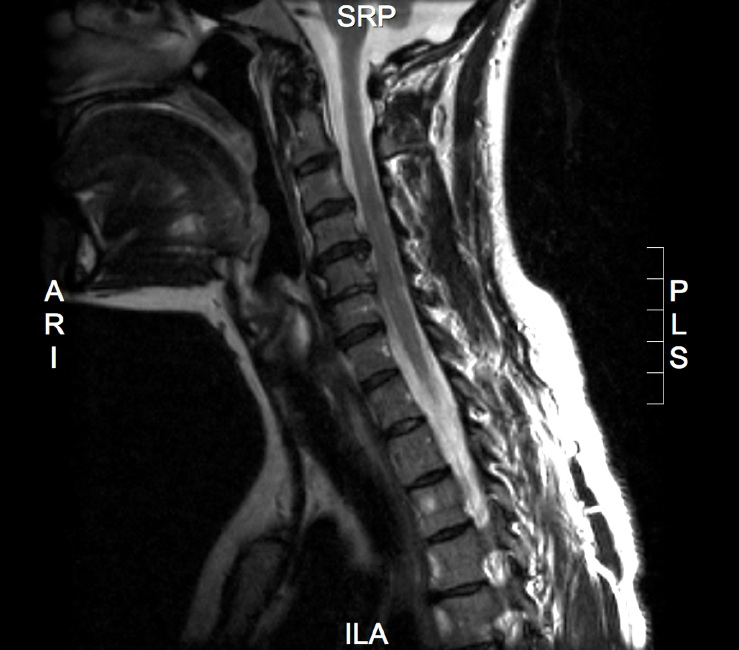AI in Radiology: Predicting Health Beyond the Visible Image
By Office of the President | Oct 1, 2024
 The radiologist’s role is rapidly evolving with the rise of Artificial Intelligence
(AI) in healthcare. Traditionally, radiologists have focused on answering specific
questions from doctors. For example, if a doctor suspected a patient had pneumonia,
they would order a chest x-ray, and the radiologist would determine if the pneumonia
was present and provide detailed insights, such as where in the lungs it was located
and potentially even the cause based on the imaging pattern and patient history. Pneumonia,
if present, could be localized to the affected portions of the lungs, and sometimes
even the cause of pneumonia could be suggested from the imaging pattern in conjunction
with the history, such as in Pneumocystis pneumonia.
The radiologist’s role is rapidly evolving with the rise of Artificial Intelligence
(AI) in healthcare. Traditionally, radiologists have focused on answering specific
questions from doctors. For example, if a doctor suspected a patient had pneumonia,
they would order a chest x-ray, and the radiologist would determine if the pneumonia
was present and provide detailed insights, such as where in the lungs it was located
and potentially even the cause based on the imaging pattern and patient history. Pneumonia,
if present, could be localized to the affected portions of the lungs, and sometimes
even the cause of pneumonia could be suggested from the imaging pattern in conjunction
with the history, such as in Pneumocystis pneumonia.
However, with advancements in AI, radiology is expanding beyond this traditional role. Now, AI tools can extract valuable health data from imaging beyond the patient’s immediate symptoms or the doctor’s initial query. For example, AI algorithms are starting to predict long-term outcomes, such as a patient’s risk of death within the next five years, even when no obvious abnormality is visible to the human eye. This capability could dramatically change how doctors approach patient care.
Among the crucial questions to consider are: will this new use of AI in radiology benefit patients and doctors, or will it create unnecessary anxiety and confusion about test results? There is also the concern about adding costs and contributing to the “information overload” doctors already face. Careful guidelines must be established to ensure AI in radiology is more helpful than harmful.
In a recent paper, “Opportunity and Opportunism in Artificial-Intelligence-Powered Data Extraction: A Value-Centered Approach,” published on September 18th, 2024, in the American Journal of Roentgenology, Stephen Waite, M.D., FACR, clinical associate professor in the Department of Radiology and his co-authors, Mark L. Graber, M.D., FACP, professor emeritus, Stony Brook University, John D. Banja, Ph.D., professor, Emory University, Brian Sheppard, SJD, professor of Law, Seton Hall University, Michael Bruno, M.D., professor of Radiology and Medicine, Penn State discuss the importance of a value-centered approach underscoring that any new AI technology in radiology must be carefully evaluated to ensure that the benefits outweigh the risks and costs. It is crucial that this “data mining” technology does not inadvertently cause harm and that its benefits are equally accessible to all patients.